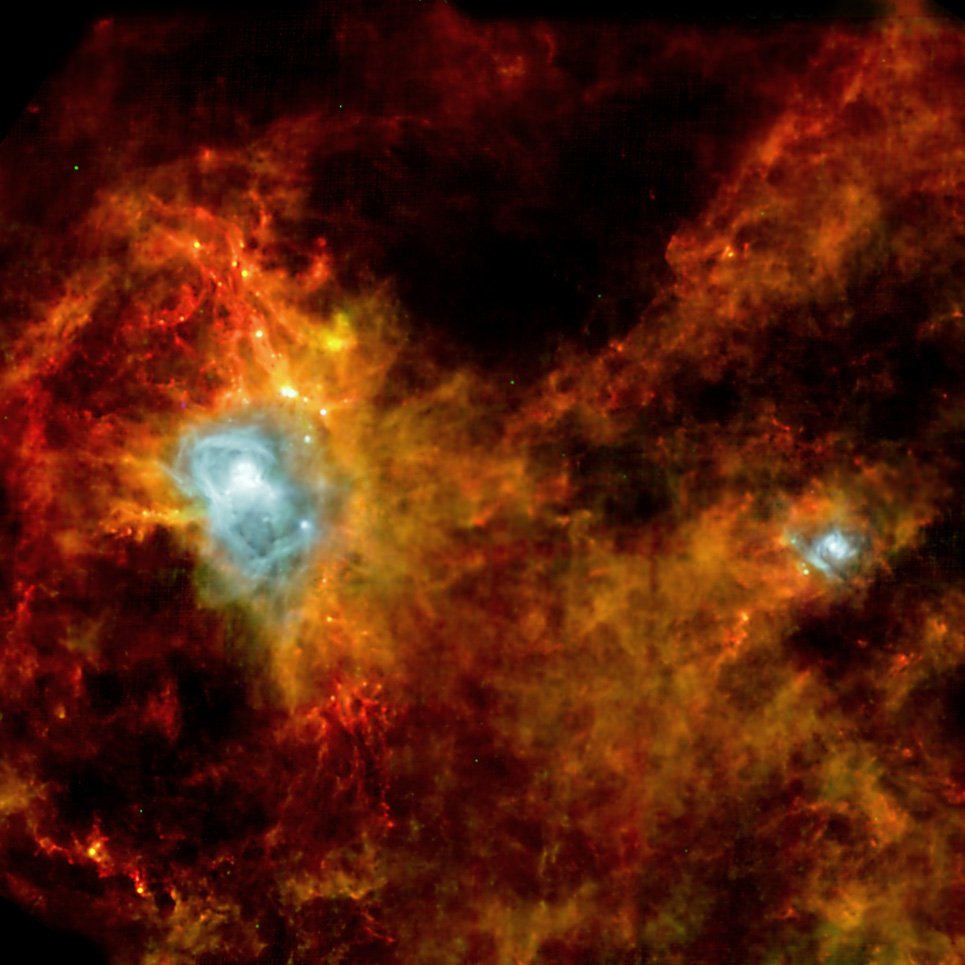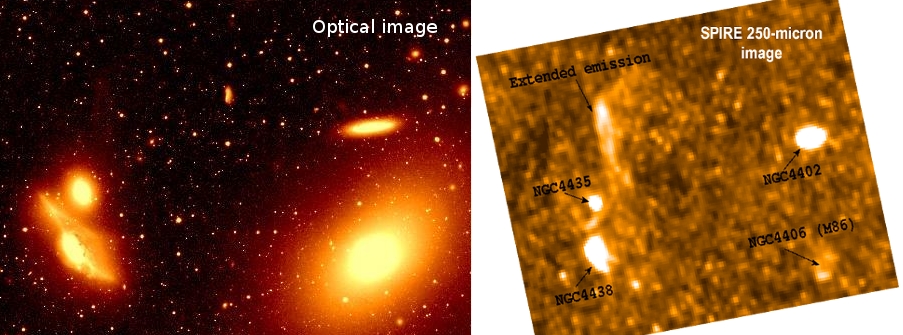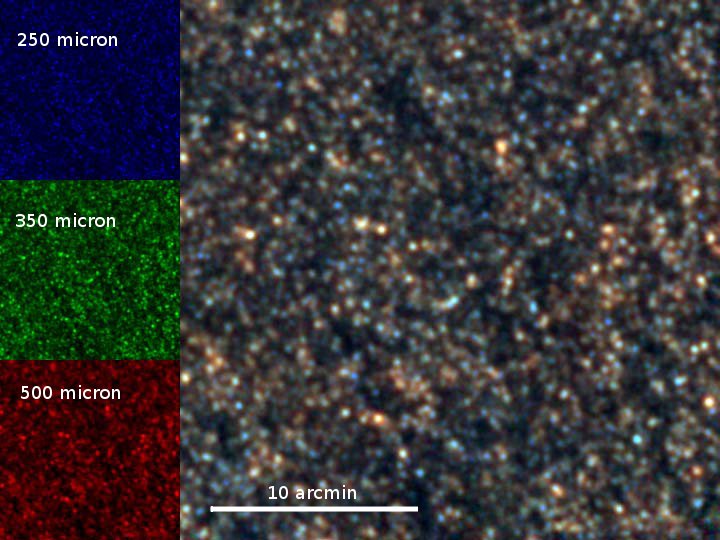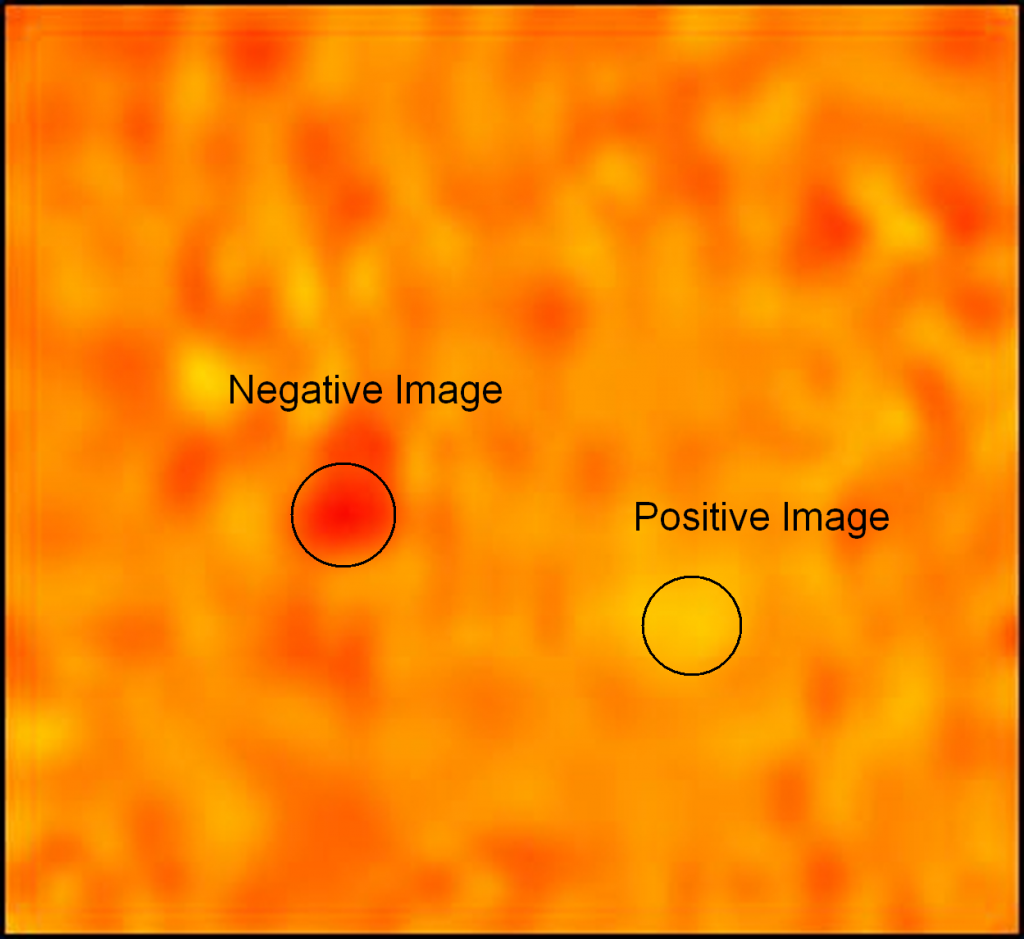Herschel scientists are meeting in Madrid to present the results from the Science Demonstration Phase of the mission. This is the phase of the mission where the satellite and its instruments are stretched to their full capabilities. A number of results involving the SPIRE instrument and astronomers from the UK have been presented. Professor Matt Griffin, SPIRE Principle Investigator, said “The Herschel Science Demonstration meeting is what the SPIRE team has been looking forward to since the start of the project more than a decade ago, and the results being presented are even better than we dared hope before launch. Not only are the observatory and the instrument working very well, but it is already clear that in this unexplored region of the spectrum, the Universe is even more interesting than we thought.”
Herschel scientists are meeting in Madrid to present the results from the Science Demonstration Phase of the mission. This is the phase of the mission where the satellite and its instruments are stretched to their full capabilities. A number of results involving the SPIRE instrument and astronomers from the UK have been presented. Professor Matt Griffin, SPIRE Principle Investigator, said “The Herschel Science Demonstration meeting is what the SPIRE team has been looking forward to since the start of the project more than a decade ago, and the results being presented are even better than we dared hope before launch. Not only are the observatory and the instrument working very well, but it is already clear that in this unexplored region of the spectrum, the Universe is even more interesting than we thought.”
As well as the images presented below, more scientific results are being presented at the meeting in Madrid, some of which will be shown here in due course.

The image above shows a three-colour composite of a region of star formation in the constellation of Aquila around 1000 light-years from Earth. In the image, the red shows light at 500µm detected by SPIRE, while green and blue are light at 170µm and 70µm respectively, as measured by PACS. The size of the area imaged is around 60 light-years per side, and shows the large filaments of cold dust (seen as red and orange) threading through the region. The many blue regions are warmer, emitting more at shorter wavelengths, and show where the gas and dust is either collapsing under gravity to form stars, or where it has already collapsed and formed a protostar (the earliest stages of a star’s life). Professor Derek Ward-Thompson, of Cardiff University and a member of the Gould Belt Key Project, for which this image was taken, said “the insight into the way stars are forming that is provided by image is absolutely fantastic, and I can’t wait to see the rest of the data we’re going to receive over the coming months.” There are hundreds such regions found in the image, and this confirms the connection between the large, cool filaments and the locations where stars form.

Above is a region of the Virgo cluster, a large cluster of galaxies around 50 million light-years from our galaxy. The left panel shows a region containing four galaxies in optical light, from the Burrel Schmidt Telescope on Kitt Peak, Arizona, while the right panel shows the region as seen by SPIRE at 250mm. The galaxies in the Virgo cluster are kept together by their mutual gravitational attraction. However, the galaxies do move relative to each other, and when they pass close to each other they can pull gas and dust into clumps and streams which stretch between the galaxies. Dr Jonathan Davies, of Cardiff University, and Principle Investigator of the Herschel Virgo Cluster Survey, for which this image was taken, commented that “far-infrared observations such as this give us an unprecedented insight into the behaviour of gas and dust in galaxy clusters, and further observations should yield some very exciting results”. The area of emission above the galaxy NGC4435 is very faint as seen in optical light, but much brighter in the far-infrared as measured by SPIRE. Also notable from this region is the relative brightness of the galaxies NGC4406 and NGC4402. NGC4406 is a giant elliptical galaxy, and so very bright in the optical, but is almost invisible in the far-infrared. This shows that it has already used up the majority of its gas and dust in forming the stars.

Above is shown an area of sky called the “Great Observatory Origins Deep Survey” (GOODS), which has been observed by many telescopes at a range of wavelengths, and now by SPIRE in the far-infrared. It is an area of sky devoid of foreground objects, such as stars within our Galaxy, or any other nearby galaxies, and is a little larger than the area of the full moon as observed from Earth. The image is made from the three SPIRE bands, with red, green and blue corresponding to 500µm, 350µm and 250µm respectively. Every fuzzy blob in this image is a very distant galaxy, seen as they were 3—10 billion years ago when the star formation was very widely spread throughout the Universe. Dr Seb Oliver, of University of Sussex and PI of the HERMES survey for which this image was taken, said “Seeing such stunning images after just 14 hours of observations gives us high expectations for the full length observations over much larger regions of the Universe. This will give us a much clearer idea of how star formation has progressed throughout the history of the Universe.” The redder objects are either more distant, as the expansion of the Universe has stretched, the light more since it was emitted by the galaxy, or much cooler than the bluer galaxies. This is the first time much of the Cosmic Infrared Background, discovered in the 1990s, has been resolved into the individual galaxies. Studying these galaxies at this early stage of the Universe will allow astronomers to test their models of star and galaxy formation.

The image above shows the detection of a previously known dwarf planet, MakeMake, which orbits the Sun out beyond Neptune. MakeMake is the third largest dwarf planet known, with a diameter of around 1500km. It is currently nearly 8 billion km from the Sun and is one of a number “Trans-Neptunian Objects”. With a surface temperature of around 30 Kelvin (-240oC), Makemake is one of the coldest objects in the Solar System, and so very hard to detect. By taking images 44 hours apart and subtracting the “before” image from the “after” image, the background sky is removed. Makemake, having moved in the intervening time, appears twice in the resulting image: once as a “negative image” and again as a “positive image”. Dr Tanya Lim, of Rutherford Appleton Laboratory, and member of the project surveying the Trans-Neptunian region, said “the detection of MakeMake with the first trial of this technique shows great promise for the future. MakeMake is found to be much fainter at submillimetre wavelengths than our predictions, indicating that the object is much more complex than we expected. With the ability of SPIRE to detect these fainter objects we can now look forward to discovering many more and deriving more accurate models of their composition.”
